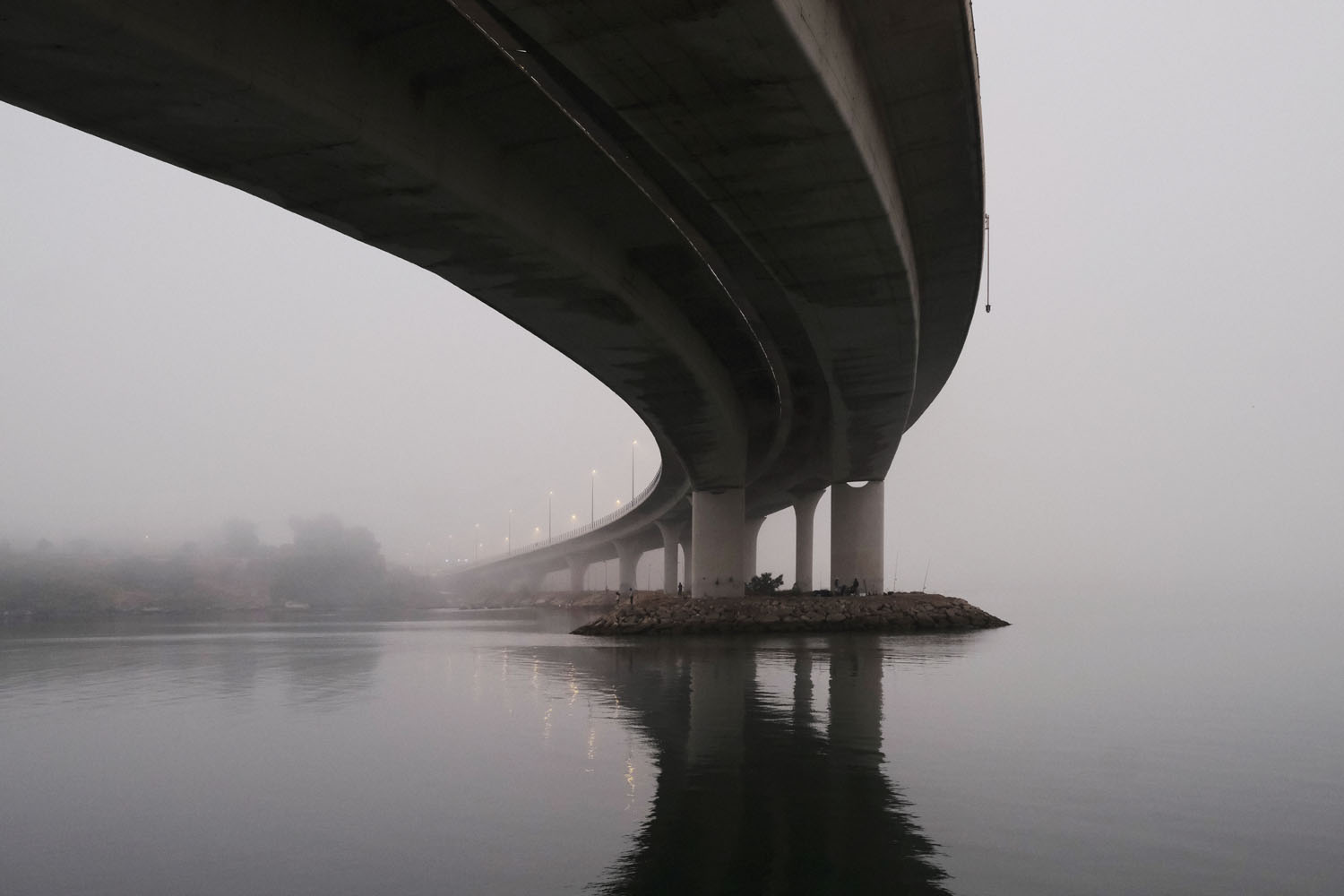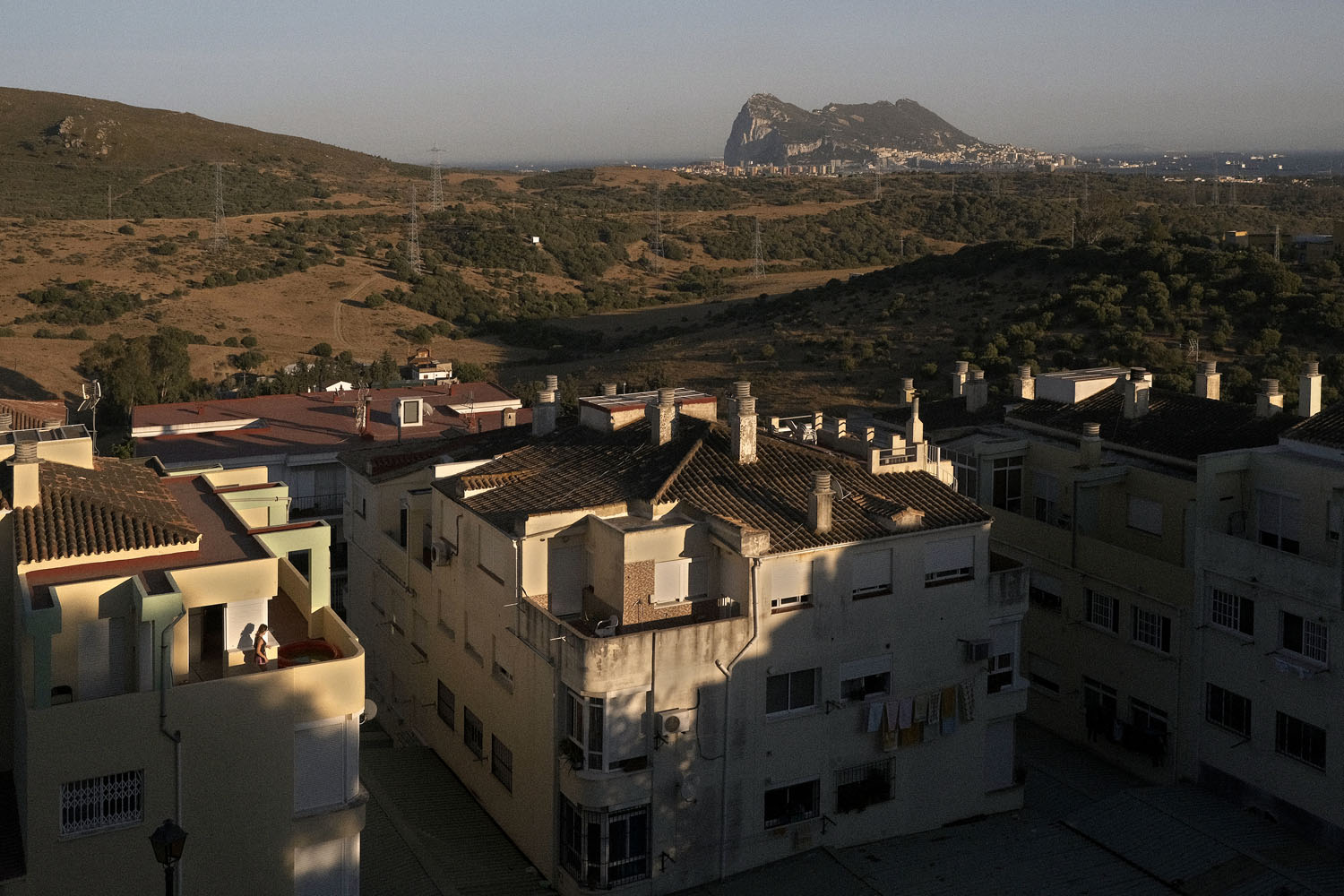I enthusiastically accepted the job of trying out the new FUJIFILM X-Pro3 camera, because it is the natural evolution of a camera that lets me work comfortably and with confidence. I have always worked with cameras that have a direct viewer. I like to have part of the front clear, to see the real picture through both the viewer and my free eye. I am very used to simple, discreet, lightweight cameras, so when FUJIFILM started to market the X-Pro model, I knew that I could definitely make the move from the bulky reflex cameras I had been using in spite of everything, to this new system that so closely resembles the classic photography I love.
To put the camera to work in a real situation, we have come to the Strait of Gibraltar, because it is one of the most active places, with the greatest density of traffic on the planet. A triple border that separates two continents, three countries and different cultures and lifestyles. It is a crucial geostrategic enclave, where the last colony in a European territory, the geographic separation between East and West and one of the world’s largest drug trafficking routes coexist.
I was interested in seeing how the new X-Pro3 responds in both fast situations and in calmer, more evocative photography, two of the characteristics of the way I work.
The first thing that surprised me is how they decided to hide the rear screen. Now we have a small submonitor where we can see the parameters we are using, or the type of film simulation we’ve inserted directly, which is exactly like the analog cameras, in which the shape of the roll of film was in the very same place to remind us of the film that we were using. In order to see the monitor with the menu and the images, we have to fold the screen down, an option that also allows us to take photos from low positions.
The type of work I do forms part of contemporary documentary photography, or signature photography. I start with a specific story to create a more evocative and personal account, in which the atmosphere, tone and details are sometimes more important than the action. My way of taking photographs has a lot to do with drifting and intuition; I choose a theme and a territory, and from there I let myself go, trusting that I’ll find the images as I deliberately stray from the initial path. I start with a previous script that I modify as I find unexpected things. For this reason, the type of camera I need has to be small and easy to use, so that you hardly notice it’s there, but with optimal quality.
One of the features I value the most in the X-Pro3 is the definition and response at high sensitivities. I tend to work in many situations above 1600 or 3200 ISO, and there is barely any noise, and what there is seems so beautiful that I even prefer it.
I still think that the Film Simulation was a great decision by FUJIFILM. I have always applied film filters to my digital photographs, because I need that organic aspect of analog photography. With the film I have in the camera, it is exactly like I shot it with a roll of film.
The evolution of the X-Pro model is definitely marvelous. The cameras are more and more elegant, simpler and more consistent in terms of technology. The X-Pro3 is a camera to take everywhere with you and to do any type of professional job.





















































